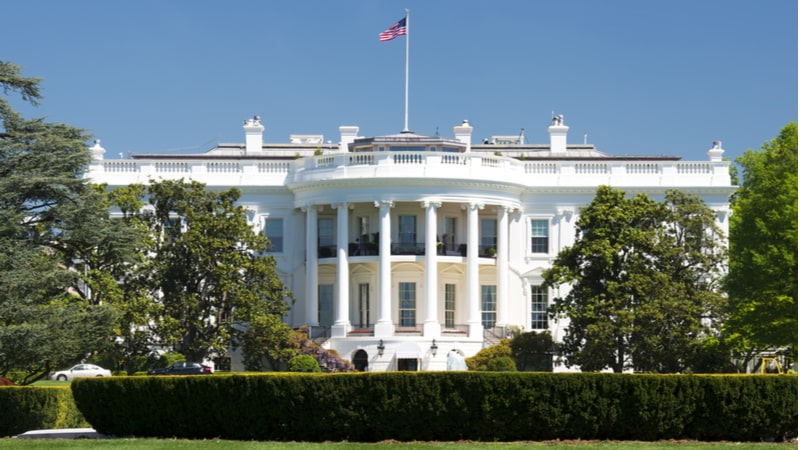
At the first-ever White House Summit on STEMM Equity and Excellence, the Office of Science and Technology Policy (OSTP) announced a slew of bold actions to expand access and opportunity across the science, technology, engineering, mathematics, and medicine (STEMM) workforce ecosystem.
The entire list of new actions, OSTP said, will equal $1.2 billion worth of work, investments, and opportunities from government, industry, education, research, and community organizations.
OSTP’s aim is make progress on reducing inequity in the STEMM workforce ecosystem. That ecosystem is now inequitable by nearly every measure, shutting out and diverting away too many talented individuals, closing off opportunities for discovery and innovation, and limiting national potential, according to the White House.
“Our Nation depends on a diverse, skilled STEM workforce that is ready to take on the challenges of the 21st century, from growing US leadership in space exploration to tackling the climate crisis,” Vice President Kamala Harris said in a White House statement.
“By bringing together government, civil society, and the private sector, we can prepare our nation’s STEM workforce and create educational and economic opportunity for generations to come,” she said.
OSTP said it has collaborated with students and teachers, workers in science and technology sectors, researchers, innovators and entrepreneurs, education and university leaders, grassroots organizers and community scientists, business leaders, and state and Federal STEMM policymakers to pinpoint five action areas for coordinated multisector action.
- Ensure every person can participate in and contribute to the science and technology ecosystem;
- Invest in the STEMM teacher pipeline;
- Bring greater uniformity to investment in the communities, institutions, and people that have been historically excluded from access to STEMM resources;
- Address biases in the culture of science – which has too long been tolerated; and
- Generate better and more comprehensive data to develop shared indicators and commit to greater transparency to hold science and society accountable.
“When we remove obstacles to participation and create better onramps — to education, to work, to research — we also make it possible for everyone to benefit from scientific advances and new solutions to this century’s most pressing issues,” said Dr. Arati Prabhakar, the President’s Chief Advisor for Science and Technology and Director of OSTP.
Some actions already being taken by the Federal government that contribute to the larger goal include:
- The National Science Foundation launched the Experiential Learning for Emerging and Novel Technologies, a new $30 million workforce development program to expand access to career-enhancing experiential learning opportunities for a broader, more diverse population, including adult learners from historically excluded communities.
- The U.S. Patent and Trademark Office within the Department of Commerce created the Intellectual Property Skills Work-Based Learning program to provide high school students with opportunities for integrated STEMM learning, intellectual property awareness, invention education, entrepreneurship, and Federal service.
- NASA will fund Teams Engaging Affiliated Museums and Informal Institutions Community Anchor awards, which will allow educational institutions to increase access to NASA STEM learning opportunities and materials that address the needs of a diverse set of K-12 youth in local communities or regions.
